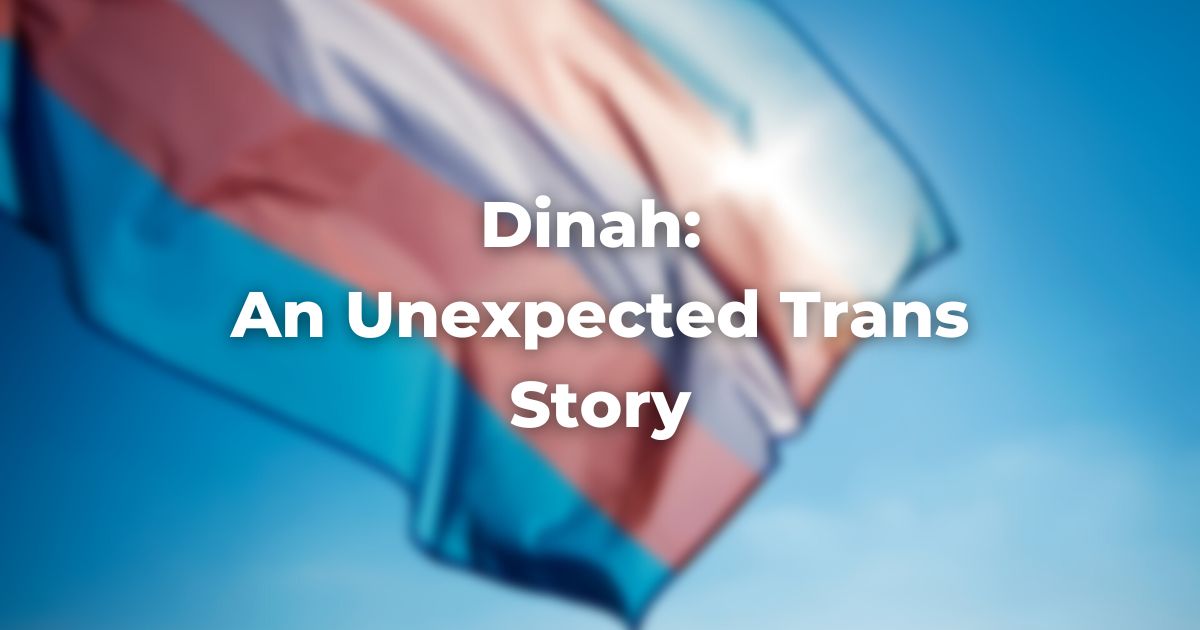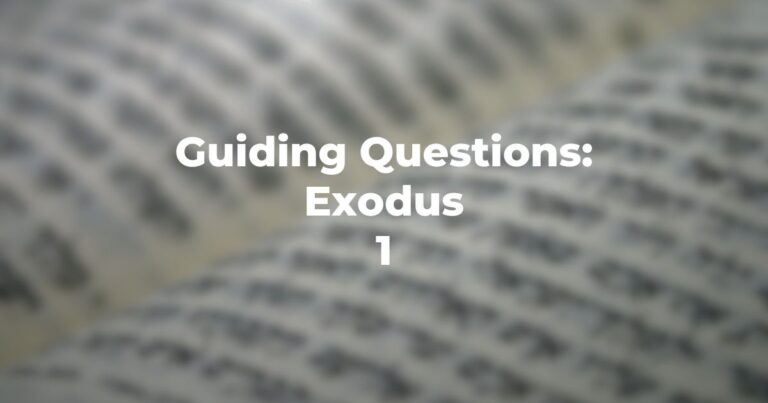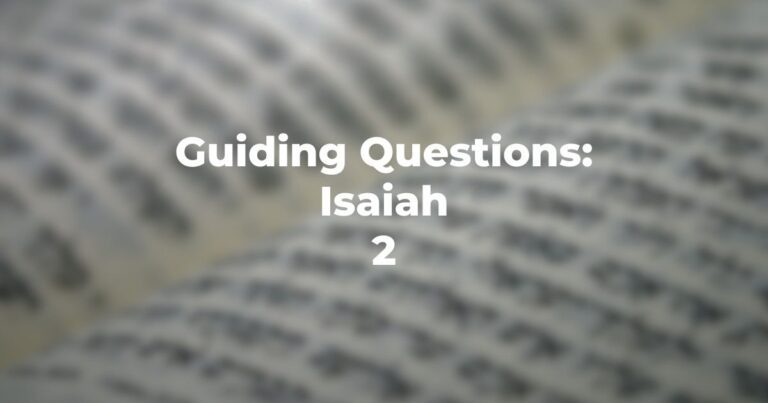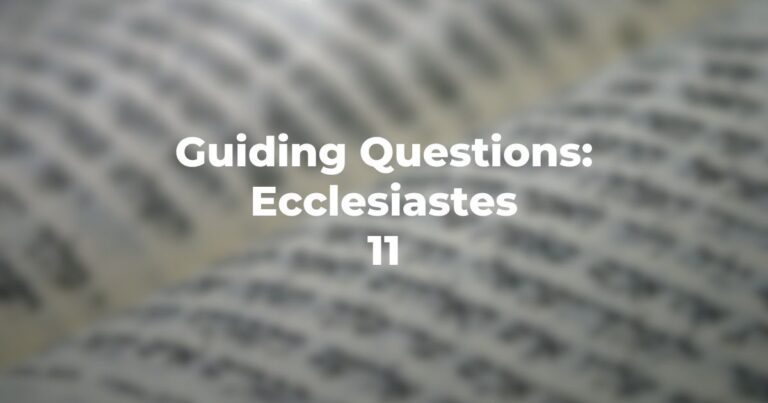It is my strong opinion that the story of Dinah is the most important part of Parsha Vayishlach, for obvious reasons—but not the reasons I am going to focus on today.
Of all the disagreement on Dinah’s story throughout the history of TorahRefers to the first five books of the Hebrew Bible, the Tanakh, also called the Five Books of Moses, Pentateuch or the Hebrew equivalent, Humash. This is also called the Written Torah. The term may also refer to teachings that expound on Jewish tradition. Read more exegesis—critical interpretation of text—there’s one aspect that is surprisingly well agreed upon. This midrashThis word is used in two ways, as both a concept and a literature. As a concept, midrash is the expansive interpretation of biblical texts. The term is used to describe the practice of rabbinic interpretation. As a text, it refers to specific collections of interpretations, particularly from the third to ninth centuries in the Land of Israel and Babylonia. Plural: Midrashim
Read more is first found in the TalmudReferring to one of two collections, the Jerusalem and Babylonian Talmuds, edited in the 6th century, that contains hundreds of years of commentary, discussion, and exploration of the ideas in the Mishnah. One could describe it as Mishnah + Gemara = Talmud Read more, Berakhot 60a:12, and is repeated and expounded upon by prominent exegetes such as Ravs Chaim Vital and Isaiah Horowitz.
The Midrash on Dinah’s Story
Dinah was originally conceived as male. Her mother Leah knew that there would be 12 tribes stemming from Ya’akov, one from each of his sons. If Leah gave birth to another son, then Rachel would only be the mother of a single tribe, whereas the maidservants Zilpah and Bilhah had already birthed two sons each. In order that Rachel could be the progenitor of two sons and therefore two tribes, Leah prayed to HaShem for Dinah to become female in the womb, and it was so.
In some versions of the midrash, it is also said that Yosef was conceived as female and became male in the womb as Dinah became female.
I first encountered this midrash in A Rainbow Thread, edited by Dr. Noam Sienna, a compendium of historical texts related to LGBTQ+ Jews and Jewish subjects.
While this story has a lot to teach us about the sages’ ideas of sex and gender, it isn’t a typical story of a transgender person. An average, though not universal, trans story would be: a person is born and assigned a gender based on their sexual characteristics; that person realizes their true gender does not match the gender assigned at birth; that person transitions to their true gender in some way, by changing pronouns, gender presentation, and sometimes their bodily characteristics through surgery.
From this midrash, Dinah is often read as a trans woman.
This makes a certain sense: trans women are assigned male at birth and then transition to female, just as Dinah is conceived as male and changed into female. However, nowhere here is Dinah allowed to discover her own identity or choose what happens to her body—a theme throughout her entire story.
This is the question I want to ask: what exactly about Dinah became female in the womb? Was it only her body, or her soul as well?
Kabbalah teaches us that male souls can live in female bodies (and vice versa) and that this was even true of Yitzchak Avinu. And, Leah would only need her Dinah’s sex to be female and Yosef’s to be male, so Yosef could sire children and pass on his and Ya’akov’s names.
Soul and nature do not enter into this equation.
So we have Dinah, with a possibly male soul—the Shnei Luchot HaBrit, even teaches us that Dinah had “teva ha’zachar,” a “male nature”—but born, with no say in the decision, into a female body.
With this, Dinah is now painted not as a transgender woman, but as a transgender man.
And I think this solves another problem of B’reishit.
After B’reshit 34, where does Dinah go? He—as I am now reading him—is never mentioned again. Our rabbinic sources give several explanations. Maybe Dinah married into Esau’s family, or went to Egypt with the rest of Ya’akov’s clan. And of course, Reb Anita Diamant has her own explanation.
But I’d like to offer my own. After B’reshit 34, while Dinah is mourning the loss of his innocence and girlhood, he is able to shed that perception of himself and realize his true nature as a man.
In parshat Vayishlach, we see Ya’akov receive the new name of Yisrael to represent the G–d-wrestling part of his nature. I don’t know what Dinah’s new name is, or where he went next. But whatever the answer, he doesn’t simply “disappear”: he reforms and rediscovers himself, just as many of our patriarchs—Avram to Avraham, Ya’akov to Yisrael, Yosef to Zaphenath-paneah—changed their names after going through great and terrible ordeals, and realizing their own power and potential.
Judaism has a long tradition of changing one’s name—often after recovering from a life-threatening illness, or in another case where one wants to change one’s fortune. Here, Dinah does both: he changes his name after surviving something terrible, but also to create a new fortune for himself, as a man, in charge of his own future.
This was presented at the 2023 United Synagogue of Conservative Judaism/Rabbinical Assembly/Cantorial Assembly Convening.
Author
-
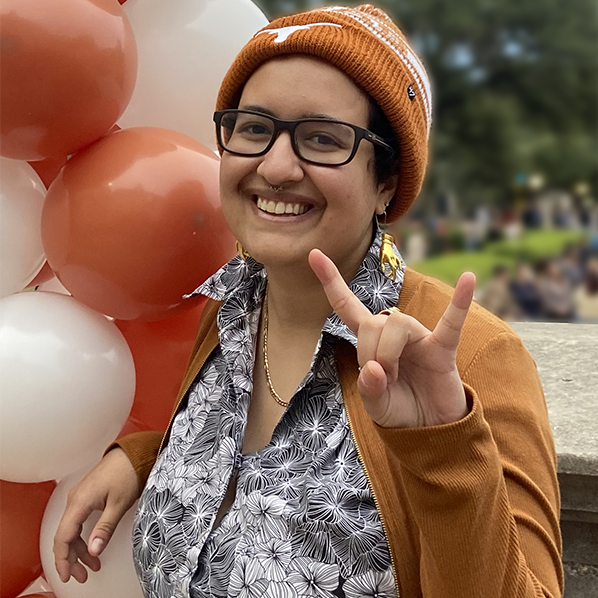
Saffron Mala Kaplan (she/her) is a scholar of midrash and queer Judaism based in Austin, Texas. She currently works at UT Austin's Center for Middle Eastern Studies and is a member of Congregation Agudas Achim where she teaches Hebrew school and is a frequent lay leader. Saffron plans to attend rabbinical school in the near future.
View all posts

